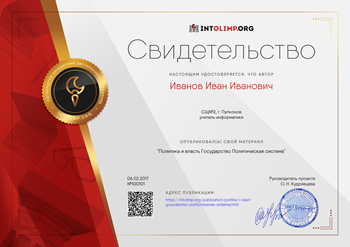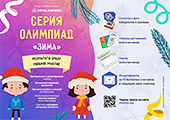“Saving the world” The goals of the lesson: to develop the ability to apply the knowledge gained in the speech situation.
Aims: educational - to operate the available potential in a concrete situation, to fix skills and abilities of work with new concepts, phenomena , to teach to defend the point of view, to form the environmental culture of students, love and respect for nature.
Developing- to develop logical thinking ability to analyze, ability to speak and defend their point of view, develop communication skills in groups, creativity.
Necessary materials: textbook, video projector, presentation, video, poster, handout
Type of the lesson : combined.
I. Organization moment.
T: Good morning, dear children! I am extremely glad to see you here with me and hope to spend great time all together . Happy to find you smiling and optimistic, by the way can you name?
One thing that makes you happy ?
One thing that irritates you?
One good you want to reach in your life ?
II. T: Today we have demonstration lesson. What is it going to be? You’ll watch a video, perhaps, watching if you’ll realize what the topic is .
Watching video. Students try to define the main idea of the video, using these possible prompts:
1.Travelling around our beautiful world.
2.Global problems of the earth.
3.Medicine issues.
4.Saving the world.
5.The future of the Earth is in our hands.
Students choose the right variant and stick it on the right idea.
T: What feelings do you have after watching this video ? (sympathy, anger, sadness, horror). Do you really believe our planet is in danger now?
II. Matching containers :
T: Lets be divided into three teams: green, blue, brown according to the colors of the earth. The first task is to match containers with things:
Bottle, roll, carton, can , tube , box, jar, packet, bag, bar, juice, toothpaste, fizzy drink, toilet paper, coffee, chocolate, washing powder, crisps, apples , shampoo.
III. Working with containers.
Students throw things in appropriate recycling boxes.
IV. Listening, Group work. Teacher elicits the names of the objects in the photos. They should read and listen to the descriptions and match these to the objects in the photos as quickly as they can. The group that finishes first call out Stop! and everybody puts, their pens down. The group shows their answers to the teacher. If the answers are correct, they win a game. If not, the other group continue writing the answers until the first one gets them right.
V. Guessing the object ( One students from a team sits on the chair, another puts a picture above his head and the third student explains with his words.
Words are: jeans, toothbrush,raincoat, fish, roller skates, bike, football boots, keyboard, carrot, spaghetti, chopsticks, knife, fork, bed, lorry, magazine, sweets, ruler, news, soap operas, notebook.
Prompts: It is made of wood, plastic, metal, glass, cardboard, silver, leather, sugar
It is big, small, long, short, thick, thin, new, expensive.
It is black, brown, white, yellow …
You can see it in the classroom, at home, in a shop …
You eat, wear, hold, read, … it
You play, write, … with it
VI. Watching video.
T: I want you to watch a short video about 8 important things you must do in your everyday life.
T: So, what else can we do for saving our planet? Possible answers: Turn off water white brushing our teeth, switch off the light when leave a room, reuse old crayons and bottles, paint coffee cans and use them for plants, donate old clothes and toys to charity make bird feeders, plant own vegetables, and recycle plastic bottles and bags, aluminium cans, electronics, glass, paper ).
T: Now , when we realize that we are really able to do much to help the environment let’s see how green you are.
VII. Survey ‘How green are you?’
T: What does it mean “to be green” , who remembers what does it mean ? You will hold a survey. Everybody will get a question. You mingle and get a result. Are they surprising results?
VIII. Conclusion T: As we can see, many problems are caused by human activities. We are not magicians , we are not scientists, we are not a government. But we can heal the world , changing our mind, changing ourselves, Let’s recall the epigraph of our lesson ‘be the change you want to see in the world.







